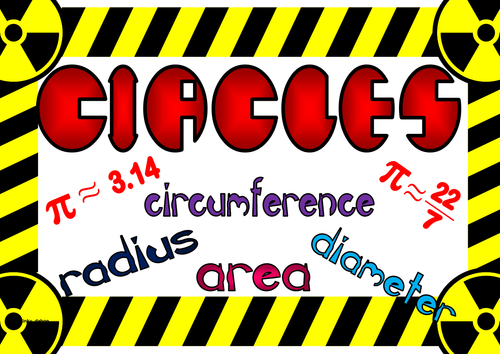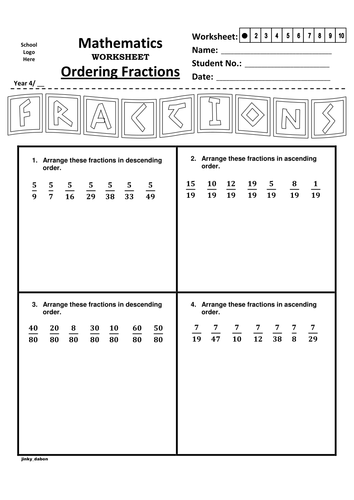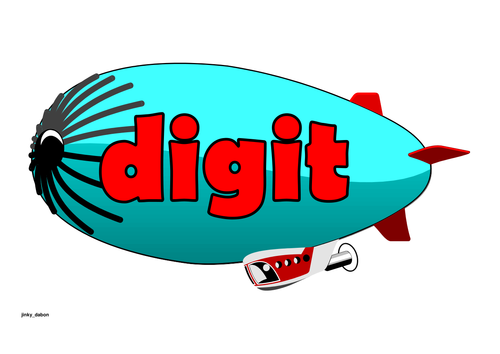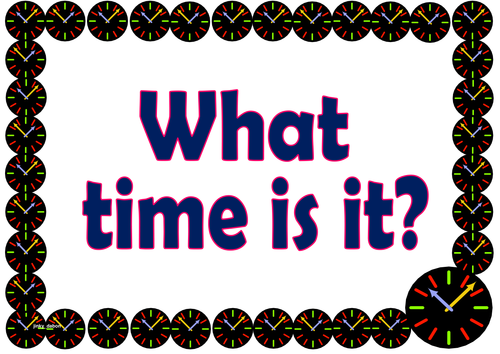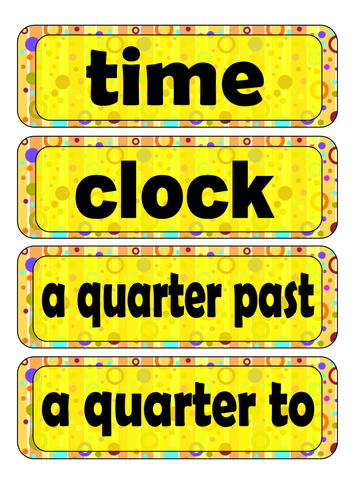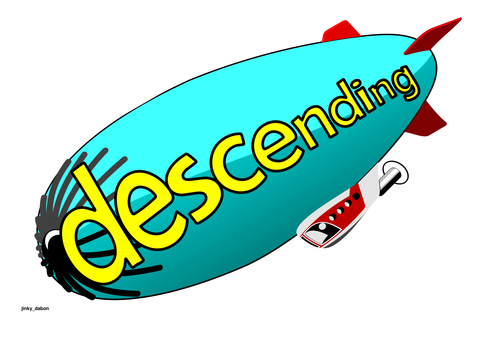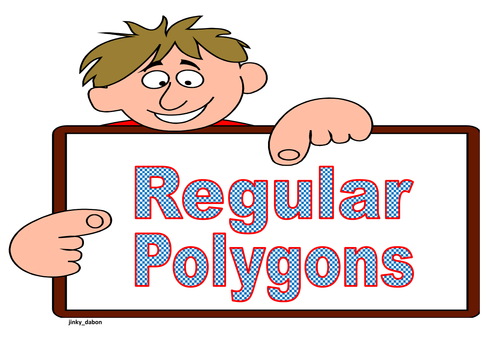Jinky Dabon's Shop
Hello all! I'm Jinky, a primary maths teacher and Maths Academic Coordinator at Beaconhouse Yamsaard Rangsit, Thailand. One of my joy is to find time to take photos of anything I think interesting. If I am not chasing cats or taking photos, I am busy with putting pieces together and come up with colourful banners, borders for paper, numbers and alphabet. I am offering discounts for my resources from time to time. So, please check out my page. 'Thank you' for stopping by.





